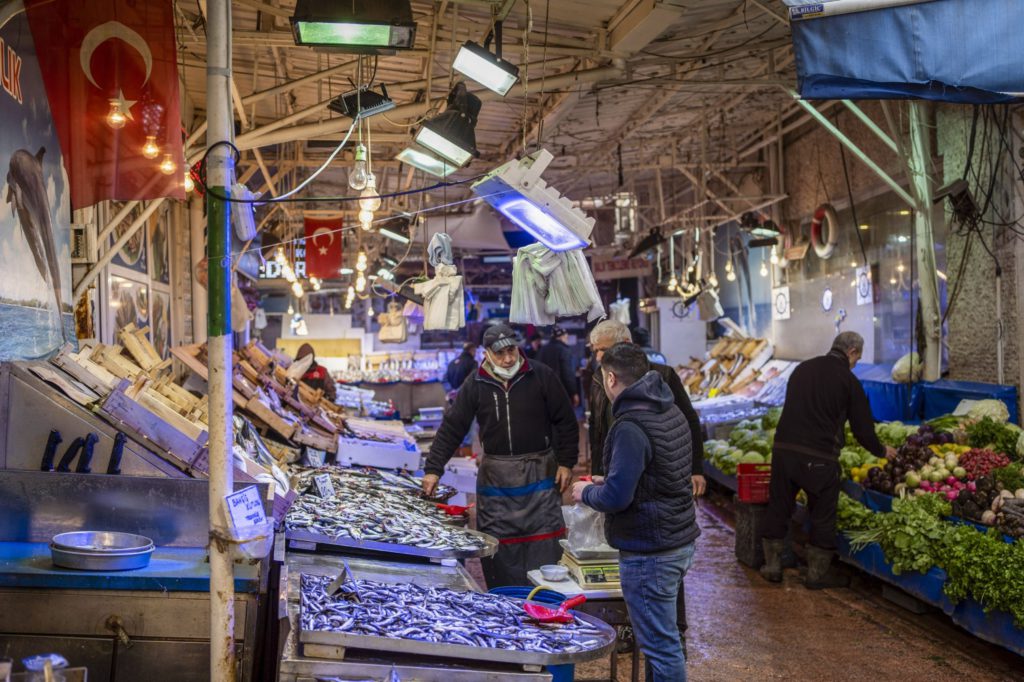(Bloomberg) — The Turkish lira’s steady decline against the rand has reached an historic milestone, dealing the latest blow to a much-tried emerging-market currency play.
The lira sank to parity against the South African currency this week, suggesting that shorting the rand against the lira — for long a popular trade — may now be replaced by the opposite strategy as the new standard for the pair.
Either way, investors will continue to pit the two against each other, according to Izidor Flajsman, the London-based emerging-market and quant strategist at TD Securities.
“There aren’t many high-yielding deliverable EM currencies like ZAR and TRY,” he said in emailed comments. “However, TRY tail-risks will continue to keep many investors on the sidelines.”
Shorting the rand against the lira became popular in early to mid-2017 as South Africa’s prospects dimmed and Turkey’s looked as if they were improving. Bank of America Corp. and JPMorgan Chase & Co. were among Wall Street banks to recommend it to their clients.
Standard Chartered was one of few to get their timing right, earning profit on the play two years ago. Citigroup Inc. made a bet on the rand against the lira less than a year ago, and booked a 1.7% profit in less than two weeks.
The fortunes of the rand have taken a turn for the better, with commodity prices improving South Africa’s terms of trade, a boost for the currency. In addition, foreign inflows info the sovereign have resumed, with both stocks and bonds at valuations too good to resist, making it one of just six developing-nation currencies tracked by Bloomberg to have advanced against the dollar in 2022.
The lira, on the other hand, has been harmed by recent monetary policy decisions. The central bank has kept rates unchanged at 14% since December, despite inflation accelerating past 54% as of February.
“We continue to see monetary policy in Turkey as unsustainable and forecast a significant lira weakness later this year,” Flajsman said.
The probability that the lira will weaken another 10% against the rand this year is 87%, according to Bloomberg’s forecast model based on the price of options to buy and sell the currency pair.
The lira is the second-worst performing in developing nations year to date, with only Russia’s ruble a bigger laggard.











